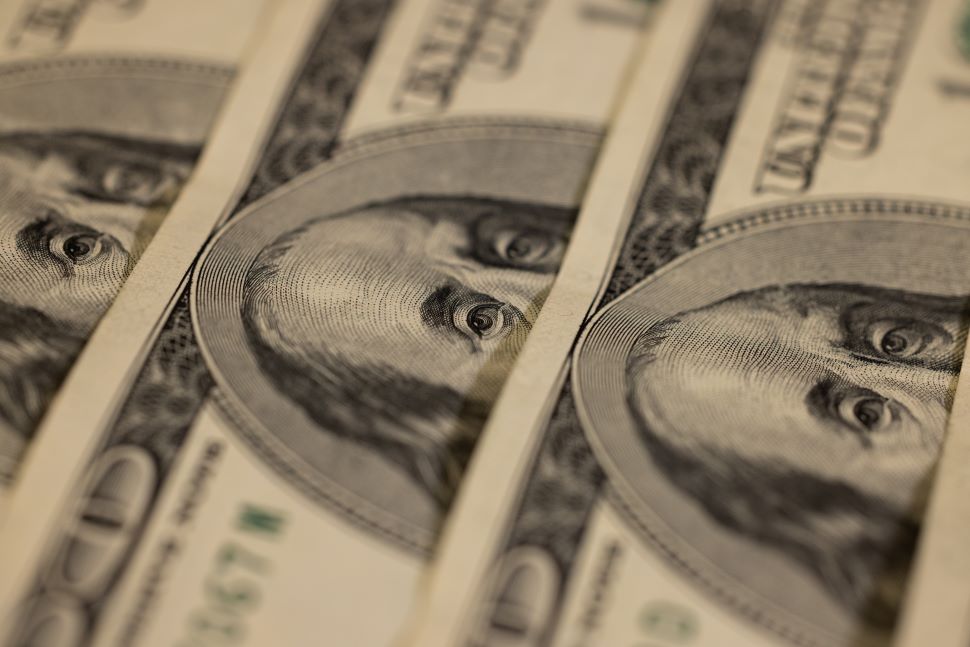
• Economic PolicyInequalityLa DesigualdadIntellectual PropertyPropiedad IntelectualJobsTrabajosUnited StatesEE. UU.WorkersSector del trabajo

Read More Leer más Join the discussion Participa en la discusión
• Economic Crisis and RecoveryCrisis económica y recuperaciónEconomic PolicyInflationUnited StatesEE. UU.

Read More Leer más Join the discussion Participa en la discusión
• BudgetGovernmentEl GobiernoHealth and Social ProgramsLos Programas Sociales y de SaludUnited StatesEE. UU.

Read More Leer más Join the discussion Participa en la discusión
• GovernmentEl GobiernoUnited StatesEE. UU.

Read More Leer más Join the discussion Participa en la discusión
• Economic Crisis and RecoveryCrisis económica y recuperaciónInflationUnited StatesEE. UU.

Read More Leer más Join the discussion Participa en la discusión
• Economic GrowthEl DesarolloUnited StatesEE. UU.

Read More Leer más Join the discussion Participa en la discusión
• Economic Crisis and RecoveryCrisis económica y recuperación

Read More Leer más Join the discussion Participa en la discusión
• DebtEconomic Crisis and RecoveryCrisis económica y recuperaciónEducationUnited StatesEE. UU.

Read More Leer más Join the discussion Participa en la discusión
• Economic Crisis and RecoveryCrisis económica y recuperaciónInflationJobsTrabajosUnited StatesEE. UU.WorkersSector del trabajo

Read More Leer más Join the discussion Participa en la discusión
• Economic Crisis and RecoveryCrisis económica y recuperaciónInflationUnited StatesEE. UU.

Read More Leer más Join the discussion Participa en la discusión
